TMJ (temporomandibular joint) Dysfunction is a common condition affecting over 10 million people. The severity of the condition varies greatly, with some people experiencing only mild symptoms on occasion, while others suffer a great deal daily. Symptoms of TMJ Dysfunction include pain, stiffness, grinding, clicking, pain in and around the ear, headaches, and difficulty opening or closing the mouth. If you begin to see symptoms or you notice your symptoms getting worse, now’s the time to start taking care of it. That grinding, clicking, pain, and locking are all signs that the joint isn’t moving and functioning properly, meaning damage is being done, and without intervention that damage may very well be irreparable.That’s why here at Finding Balance I offer myofascial release for TMJ. It may seem a little weird to get a massage for your jaw, but let’s look at how it helps and what you can expect during a session.There are several muscles in the face, head, and neck thatcan contribute to TMJ pain. Massage techniques like myofascial release (MFR) can ease stored tension in those muscles which can help relieve some of the discomfort associated with TMJ dysfunction. Myofascial release is a technique that focuses on pain relief by more efficiently addressing the connective tissue (fascia) that surrounds each muscle and muscle fiber. Slow, steady pressure is used along with sustained stretching to gently soften those tight muscles and the surrounding fascia. Your first session will usually be 60 minutes so we can lay the ground work. In this session I’ll focus on your jaw of course, but also your neck, head, and shoulders because they’re all culprits in the dysfunction of your jaw. I’ll be doing slow, sustained pressure while pulling and pressing into opposing areas. This is usually described as feeling like the skin is being stretched. It shouldn’t be painful, but let me know of any tender areas so I can adjust my pressure and technique throughout. You may feel some heat, stretching, and when the muscles and fascia finally let go, many people describe it as a “melting” feeling.Once we have those muscles and fascia softened, we’ll go into the next part, intraoral massage; massage of the muscles inside the mouth. This is the part some people get wary of, but I promise, it’s perfectly safe, and really the best way to access the rest of the muscles and fascia involved. Working the outside of the jaw is great, but there’s so much going on inside the cheek and jaw area that you just can’t access from the outside. I can use a gloved hand to massage inside the mouth, including the gums and muscles closest to the TM joint. I know that may seem weird, but most clients rave about how great it actually feels, and it’s way more effective in addressing the problem at hand. While one massage will have its benefits and give you the relief you’re seeking, I suggest multiple sessions to increase the success. That’s why I offer the MFR for TMJ package which includes one 60-minute MFR session and five 30-minute MFR sessions. For best results, sessions should be booked once or twice weekly. I will also give you a soft 18-inch foam roller to use between visits because home care plays a very important role in the reducing symptoms. You can increase your symptom relief by doing self-massage between sessions as well as finding ways to manage stress so you’re not clenching your jaw, taking the pressure off this already-stressed joint. While massage can definitely help with the symptoms and pain associated with TMJ Dysfunction, it’s important to speak with your dentist to make sure that there is nothing more serious going on.
TMJ Dysfunction is painful and difficult but you don’t have to live that way.
Book a session now and find relief today!

